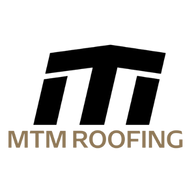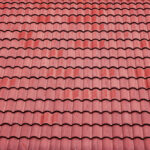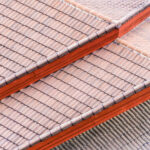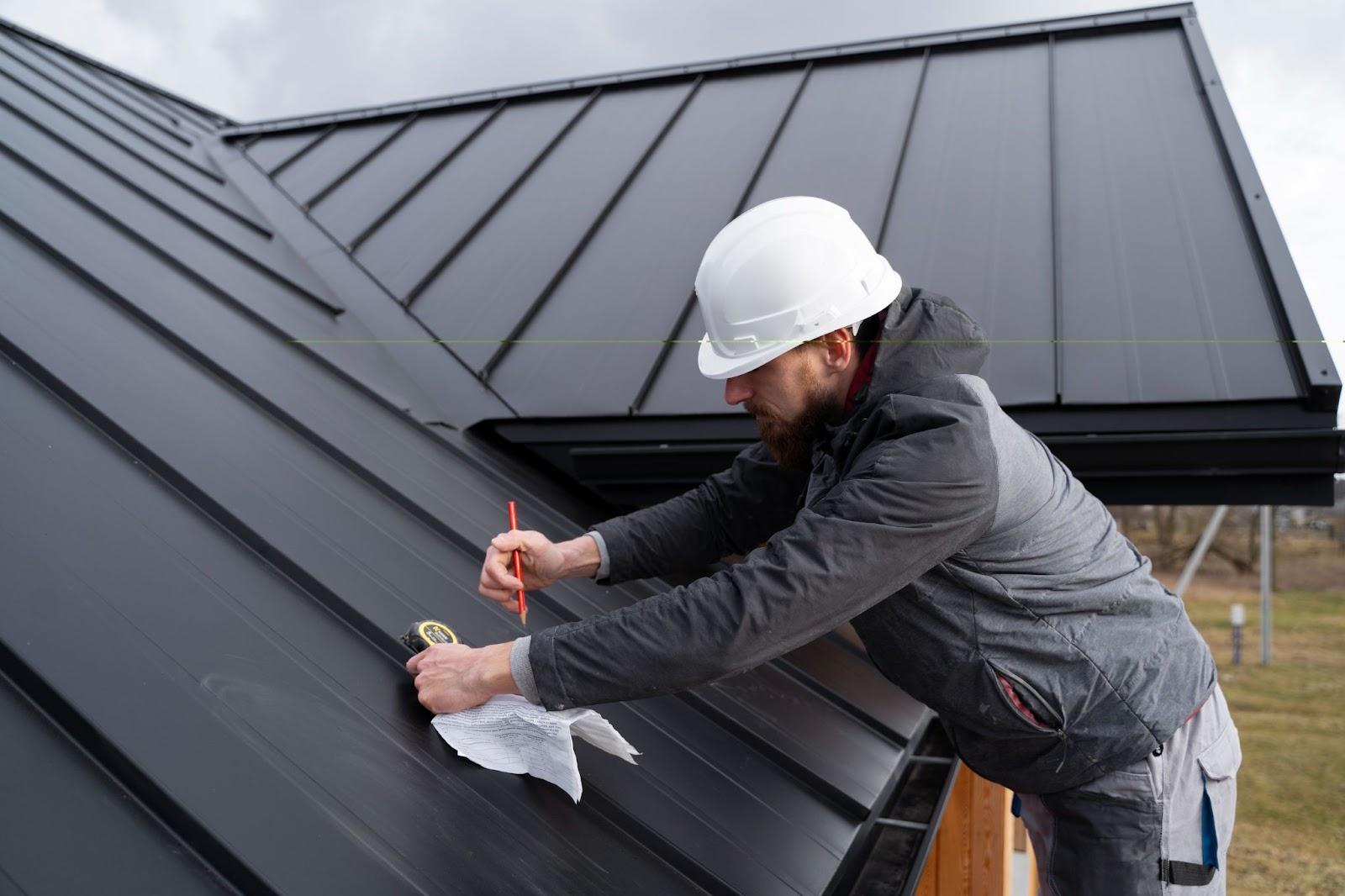Choosing between architectural shingles and slate is difficult enough. While your head is racing from the sheer number of options available, your contractor wants to talk about something else: synthetic underlayment or felt underlayment. In this guide, you learn about the Best roofing underlayment.
You’ve probably heard of roofing underlayment, often known as roll roofing or roofing tar paper.
The roofing underlayment is a crucial component of your roofing system, and selecting the appropriate one for your home is critical.
Here’s a quick tutorial on the best roofing underlayment to clear up any confusion so you can get back to the essential stuff.
What Is Roof Underlayment?
Roofing underlayment is installed over the bare plywood deck before the shingles are installed. Its function is to offer another layer of protection to your roof to improve its resistance to rain, ice, and snow.
Without underlayment, water can infiltrate the roof deck and cause major problems such as rot, mildew, leaks, and mold.
Underlayment offers an additional layer of insulation, seals around flashing, provides a more level surface for roofers to lay your shingles on, and even works as a sound barrier.
Types of Roof Underlayment
1. Synthetic
Synthetics, the most recently developed form of roof underlayment, are generally manufactured from spun or woven polyethylene or polypropylene to greatly enhance tear resistance or durability when compared to the saturated-asphalt underlayment.
This type of roof underlayment is more expensive than asphalt-saturated felt, but it’s more affordable than polymeric asphalt underlayment, making it an excellent alternative for those searching for a less expensive solution without losing durability.
Synthetic underlayment is not just designed for greater durability and tear resistance; it’s also excellent for waterproofing, though not quite to the level of rubberized asphalt.
If you live in a mold-prone house, synthetic roof underlayment is the best option since it repels water and is mold-resistant.
Since its introduction to the market, synthetic roof underlayment has increased in popularity.
It includes anti-slip qualities that make it easier to walk on during roofing jobs, as well as flexibility that allows the underlayment to expand and contract with temperature fluctuations, preventing ripping.
The rolls are often lighter than other underlayment alternatives, and they frequently have clear lines and overlap instructions for quick, effective installation.
2. Rubberized
Rubberized asphalt is a high-quality solution that provides maximum waterproofing. Place this underlayment substance around leak-prone places such as skylights, chimneys, vents, valleys, and eaves to help avoid water damage.
The underlayment is largely composed of rubber, asphalt, and polymers. However, the specific composition varies between manufacturers.
This flexibility allows manufacturers to make minor changes to the design to increase sound absorption, reinforcement, or even waterproofing. Furthermore, if the rubberized asphalt is broken or leaks, it can be repaired.
However, the outer roofing layer must be partially removed for access. The disadvantage of putting this kind of underlayment down is that it is the most expensive, so if you’re looking to save money, rubberized asphalt underlayment isn’t the best option.
Because it has an adhesive backing that adheres directly to the rooftop deck, rubberized asphalt roofing underlayment is also referred to as self-adhering underlayment.
The glue aids in the formation of a watertight seal between the underlayment and the deck, preventing rainwater from entering the roof.
Rubberized asphalt underlayment has the benefit of being able to stretch and shrink without cracking or breaking. Because of this, it’s a good solution for places where temperatures change a lot throughout the year.
3. Felt
This type of underlayment is often comprised of organic felt that has been saturated in asphalt. It may include fiberglass reinforcing to increase lifespan and strength. For a while, felt saturated in asphalt remains water-resistant, but it will ultimately wear down and become permeable.
When more asphalt is used to saturate the material, the underlayment becomes more durable but also more costly.
When it comes to new roofing projects, asphalt is the most expensive component. Lower-cost underlayment will be of lower quality and may include less asphalt.
Felt underlayment is typically more effective on steep-sloping roofs because water may run off quickly, as opposed to flatter roofs, which might result in water lingering for prolonged periods of time.
Generally, it wrinkles quickly, absorbs water over time, and is not especially tear-resistant. As the asphalt degrades, direct sunlight can hasten its breakdown.
Although it is less expensive than other kinds of underlayment, it may not be the best option if total water resistance, longevity, and quality are important to you.
Factors to Consider When Choosing a Roofing Underlayment
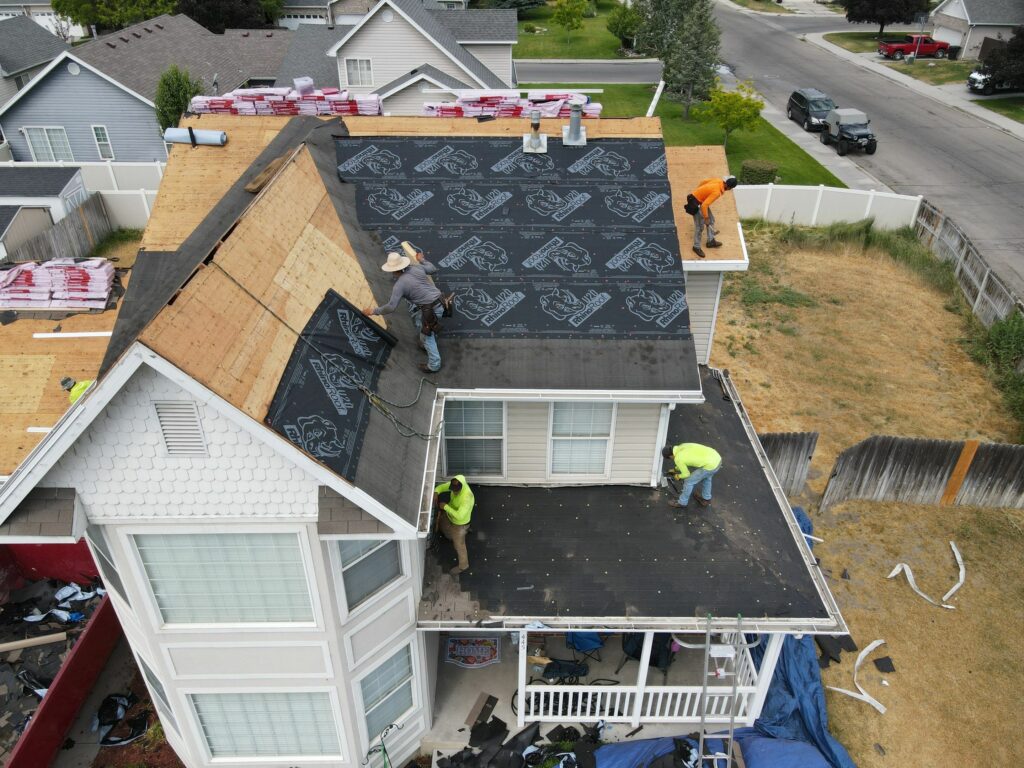
As any roofing contractor will tell you, there are several considerations to take into account when selecting an underlayment. Some underlayment is better suited to one type of roofing than another, while others are better suited to tolerate UV rays, moisture, and other environmental conditions.
If you’re unsure what to use, here’s an outline of which items will perform best in certain scenarios.
1. Climate
The environment in which a home is built can influence the choice of underlayment material used. Rubberized underlayment, for example, is the most efficient at avoiding leaks in colder locations where snow and ice are common. Rubberized underlayment is ideal for excessively hot environments.
Although synthetic underlayment is superior to felt in letting humidity escape while avoiding water penetration, both will work effectively in moderate regions.
Be aware that fire resistance is important, especially in arid areas prone to wildfires. Use Class A-certified underlayments with fire-resistant shingles and other roofing materials for maximum protection.
2. Roofing Material
Heavy roofing materials, in general, should be supported by a heavier-duty underlayment. This safeguards not just the underlayment but also the roof deck. Here are some typical roofing materials and the underlayments that work well with them.
- Residential metal roofing: This is a type of lightweight roofing material. However, it weighs somewhat more than shingles. Again, as long as the code in your location allows it, you can use practically any underlayment. However, because metal is heavier, it’s generally a good idea to use a thicker underlayment.
- Asphalt shingles: These are lightweight and popular roofing materials. Almost any underlayment will work well beneath them, from asphalt to synthetic roofing felt. Making the best selection here requires considering other factors such as building codes, costs, and durability. It’s the lightest, thinnest, and most affordable product ever, but it’s robust enough to perform effectively beneath shingles or even metal roofs.
- Concrete and clay tiles: In most cases, these materials are heavier than slate roofing. It is necessary to use heavy-duty underlayment.
- Slate roofing: While slate roofs are less prevalent than shingles or metal, they still exist—and slate is quite heavy. Lighter, thinner underlayments will not hold up over time. A thicker substance, such as platinum, is required.
3. Building Codes
Building rules in many locations allow anything from #15 felt to the strongest synthetics, but in others, building codes are far stricter. Consider Florida, which has some of the most stringent roofing regulations in the country owing to the necessity for roofs to withstand hurricane-force winds.
In this case, you’ll need at least #30 underlayment or the equivalent—that is, the underlayment that fulfills ASTM D4869 Types IV and III or ASTM D226 Type II. Most synthetic roofing underlayment satisfies these criteria, making it a safe alternative for regions with stricter construction laws, such as Florida.
4. Installation
The installation technique differs slightly across the three types of roofing underlayment, which may be a deciding factor for some DIYers.
Because felt paper is so heavy, it is usually sold in 3-foot-wide sheets (1 foot less than most synthetic underlayments).
This means fewer rolls of paper and more runs up and down a ladder. After unrolling the felt paper, users clip it to the deck surface. They must also exercise caution since the felt can rip and cause a fall.
Unlike felt, synthetic roofing underlayments are significantly easier to install. It’s lighter and comes in larger rolls, which means greater coverage with less effort.
However, capped nails are often required for installation, which is more costly and requires more work to apply than staples.
Moreover, whereas the initial synthetic underlayments were slick, today’s versions are somewhat sticky, enabling greater footing.
Rubberized roofing underlayment is difficult to install. These rolls are thick and provide little covering. Before gluing the paper to the deck surface, the user must lay it on the deck surface, slice it, and then separate the paper backing from the adhesive.
The sticky face will often stick to itself and become difficult to separate. Still, once it’s cut and stuck to the roof, the user doesn’t need to use nails or staples; all they have to do is level the surface.
Endnote
In the grand scheme of things, the cost of the underlayment isn’t going to make or break your budget.
If you look at the prices of different underlayment options, you’ll see cost differences of a couple of hundred dollars or so.
When you compare that to the thousands of dollars of your total roofing job, you can see that it may be worth the extra money to pick a more water-resistant, longer-lasting, and higher-quality underlayment.
With over 10 years of experience in the roofing industry, MTM Roofing knows the significance of selecting the proper materials for your underlayment.
Call us, and we will inspect your roof to determine if synthetic underlayment or felt underlayment is a better choice for your project.
If you have any commercial or residential roof that needs any repair or maintenance services, feel free to contact MTM Roofing for a complimentary, no-pressure, professional estimate today!
